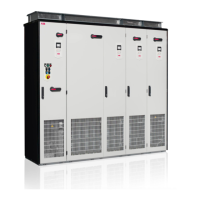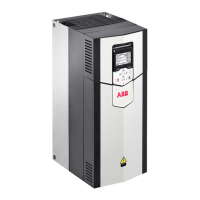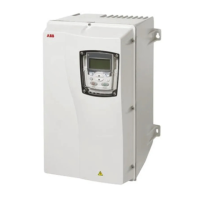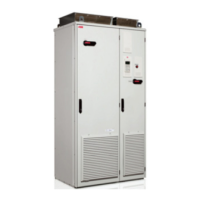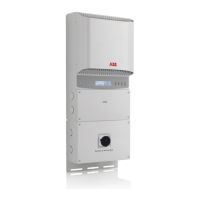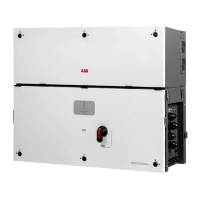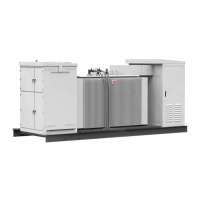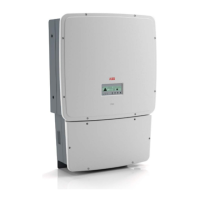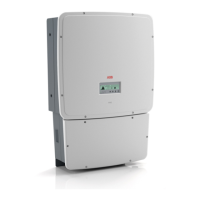• no danger of overheating is caused to the resistor or nearby materials, and
• the temperature of the room the resistor is located in does not exceed the allowed
maximum.
Supply the resistor with cooling air/water according to the resistor manufacturer’s instructions.
WARNING!
The materials near the brake resistor must be non-flammable. The surface
temperature of the resistor is high. The temperature of the air flowing from the
resistor is hundreds of degrees Celsius. If the exhaust vents are connected to a
ventilation system, ensure that the materials withstand high temperatures. Protect
the resistor against contact.
■ Protecting the brake system against thermal overload
The brake chopper protects itself and the resistor cables against thermal overload when
the cables are dimensioned according to the nominal current of the drive. By default, a brake
chopper fault is wired to stop the supply unit of the drive.
Thermal protection of the resistors
The standard resistors available as option +D151 are equipped with a thermal switch. The
switches of the resistors are wired in series and connected to the Enable input of the brake
chopper. The relay output of the chopper is wired to the supply control unit so that a chopper
fault condition stops the supply unit.
With custom resistors, user must implement a similar protection. Use cable rated as follows:
• twisted pair, shielding recommended
•
rated operating voltage between a conductor and ground (U
0
) > 750 V
• insulation test voltage > 2.5 kV.
Keep the cable as short as possible.
■ Protecting the resistor cable against short-circuits
The input fuses of the drive will also protect the resistor cable provided that the resistor
cable is of the same type as the input cable.
Mechanical installation of custom brake resistors
Obey the resistor manufacturer’s instructions.
208 Resistor braking
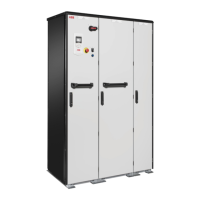
